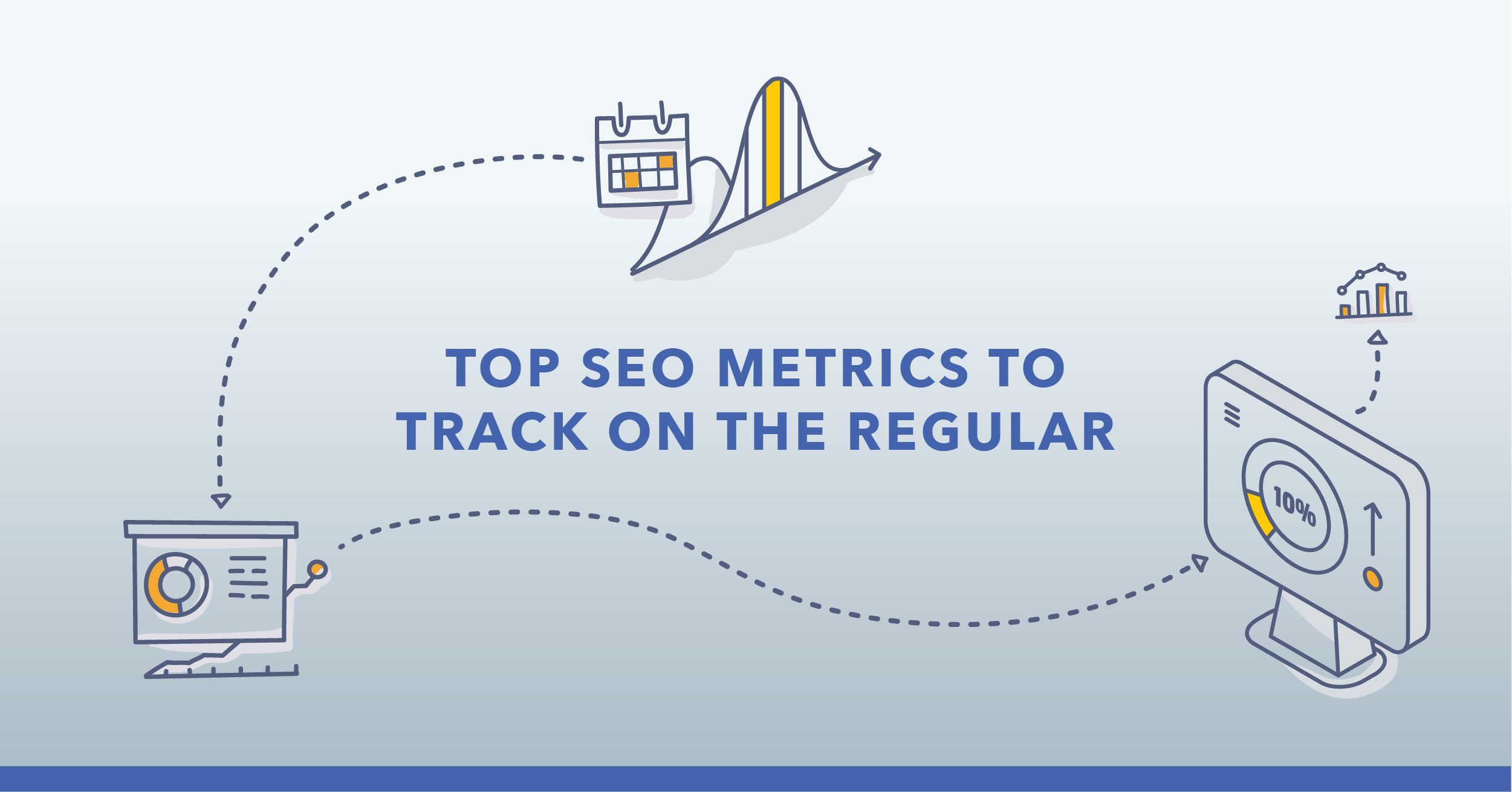Your brand does more than stock pantry shelves — it fuels traditions, milestones, and memorable meals in homes around the world.
But if your recipes aren’t optimized for the recipe SERP feature, your brand may be missing the moment when families run a quick Google search for what’s for dinner.
This search feature puts your recipes — and your brand — in front of your target audience at a crucial moment when they’re potentially looking to buy.
Table of Contents:
What is the Recipe SERP Feature?
The recipe SERP feature is a Google search feature that highlights recipes related to the original food-related keyword.
Each recipe within the carousel features an image, the name of the meal, the source, its star rating out of five, the number of reviews, the time to prepare the meal, and a list of ingredients.
Here’s a recipe feature on desktop:
(A recipes carousel on desktop for the keyword “chicken noodle soup recipe.”)
And here’s that same search feature on mobile:
(The recipes carousel for the same keyword, but on mobile.)
You’ll notice that the mobile display shows a vertical carousel of four recipe tiles while the desktop display shows a horizontal carousel of three recipe tiles.
What Are the Benefits of Using Recipes SERP Features for a Food Blog?
Similar to other SERP features — like People Also Ask or the image pack — landing your recipe content in this rich result can drive more organic traffic to your site.
Related: How to Rank In Google’s People Also Ask SERP Feature
This feature is highly-visual: star ratings, reviews, images, and more data come together to create the tile.
Because of its visual nature, it can capture a user’s attention on a crowded SERP. If a user clicks a recipe featured in the recipe SERP feature, they’ll be taken directly to your site.
The recipes SERP feature does more than increase your search visibility and drive traffic — it drives more brand awareness, too. Remember that the recipes SERP feature includes the name of the site it comes from, so users will become familiar with seeing your brand name.
Your content can appear in multiple places on the search engine results page. Secure the standard organic listing, and go after the SERP feature, too.
When Does the Recipes SERP Feature Appear?
If you’ve noticed more recipes on Google SERPs, there’s a reason for that: The recipe SERP feature has seen a 62% increase in frequency from February to September 2024.
That’s not all. It appears 47% more often in positions 1-3 than other rank positions. And of those, 77% of the keywords have the feature in position 1.
It also shows more often in the mobile results than in desktop. Almost 50% more frequently!
September 2024 Research Grid | seoClarity | United States
How Does the Recipes SERP Feature Work?
The recipe SERP feature uses structured data to pull relevant information from your site and display it to users in a visual way.
Structured data is a standardized format used to inform search engines about the content of your web pages.
Your recipe content can use more than one schema markup. According to Google, recipes can leverage the following schema: Recipe, HowTo, and ItemList.
With the Recipe structured data specifically, there are multiple properties to include:
- cookTime (duration)
- cookingMethod (text)
- recipeIngredient (text)
- prepTime (duration)
- estimatedCost (monetary amount)
How to Optimize for the Recipes SERP Feature
To land in the recipes SERP feature, you’ll need to give search engines more information about your webpage with the Recipe schema.
Adding this schema helps Google extract key information about your recipe and add it to the rich results.
The more information you add, the more your listing can stand out with unique information like cook time and nutritional details.
There are three required properties for the recipe schema:
- Name
- Aggregate Rating
- Image (this is why it’s important to optimize your images, including having crawlable images so Google can index them.)
So, how do you build structured data? It is its own language after all. Use Schema Builder, a free Chrome extension, to create structured data with a point-and-click interface.
(The Schema Builder plug-in live on a site.)
Simply click the appropriate area of the site to associate that data with the correct property. For example, for “Name,” you would simply click the text on your site that shows the name of the recipe.
This information will turn into a markup that looks like this:
<script type="application/ld+json">
{
"@context": "https://schema.org/",
"@type": "Recipe",
"name": "Ultra-Satisfying Chicken Noodle Soup",
"image": "https://www.inspiredtaste.net/wp-content/uploads/2018/09/Easy-Chicken-Noodle-Soup-Recipe-1200.jpg",
"cookTime": "PT35M",
"prepTime": "PT5M",
"totalTime": "PT40M",
"recipeIngredient": [
"1 pound skinless, boneless chicken thighs, 4 to 5 thighs",
"5 ounces egg noodles or pasta of choice",
"2 tablespoons butter, chicken fat, or olive oil",
"1 large onion, chopped",
"2 large carrots, chopped",
"2 stalks celery, chopped, optional",
"1 heaped tablespoon minced garlic, 4 cloves",
"2 bay leaves",
"3 sprigs fresh thyme or use 1/2 teaspoon dried thyme",
"8 cups chicken stock or broth, low sodium, or use homemade stock",
"Salt and pepper, to taste",
"1/4 cup fresh parsley, finely chopped",
"Water or more stock, as needed"
]
How to Track Your Performance of the Recipes Schema
Once you’ve built and deployed your schema, it’s time to monitor the results to see if your optimizations landed your content in the recipes snippet.
For this, head to the tracking and reporting part of your SEO platform.
In seoClarity, this is SERP Visibility Tracking. You can track the rank of the recipe SERP feature for your keywords (if the query triggers the feature) and where your domain ranks within the SERP feature.
Plus, you can trend your data over time to see when the feature was gained or lost, and for which queries.
Conclusion
If you make recipe content, give it a visibility boost by optimizing for the recipes SERP feature. Not only can you drive more organic traffic, you can show readers why your product is the one they should buy to follow the recipe.
Then, track and monitor your performance so you can continue to demonstrate how SEO positively impacts your company’s bottom line.







Comments
Currently, there are no comments. Be the first to post one!